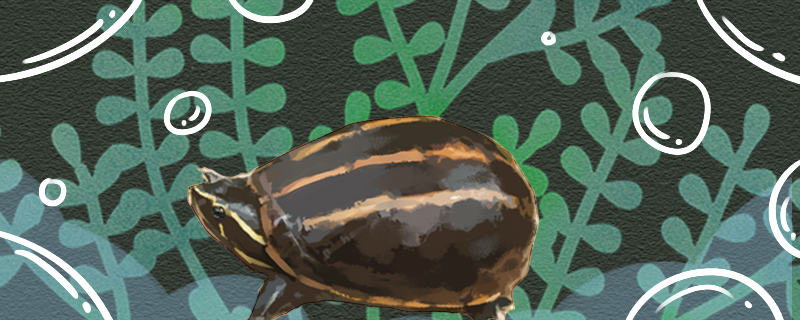
1. Space: The nut-core tortoise is a kind of tortoise that is better raised. First, prepare a container that is large enough. Because they love to bask in the sun, you can place the container in a sunny place. Arrange a piece of land with sandy soil in the container and set up a basking platform. Plant some green plants around the container. Stone turtles prefer to spend more time on land, where they can play and rest freely.
2. Feeding: The nutshell turtle is an omnivorous animal. They can eat a variety of foods and are never picky about what they eat. Animal food mainly includes mollusks, amphibians, crustaceans and so on. There are also many plant foods, including vegetables, melons and fruits. Pay attention to the diversity of feeding, choose the food they like to feed in turn, 2-3 days feeding once can be.
3. Water level: The setting of water level is also a very important issue when breeding stone turtles. When young turtles are bred, the water level exceeds the carapace by 2 to 3 centimeters; When feeding adult turtles, the water depth should be 2 or 3 times the height of their shell.
4. Sunning: The pyrenoid turtle is a kind of turtle that likes to bask in the sun very much. They are very fond of the sunshine in the morning and evening, and like to sleep on the land at night. Sunning has many benefits for fruit stone turtles, which can absorb rich calcium and vitamins, enhance their physique and help them grow and develop. However, avoid by all means in the noon under the strong light to the nut tortoise sun.
The nut-pit turtle still has a relatively high requirement for water temperature. If they are raised artificially, they need to pay special attention to maintaining the water temperature. The most suitable range is between 25-30 degrees, so it can be maintained in this range if conditions permit, which is most beneficial to their growth and development. It needs special attention in winter. When the tortoise is in the seedling stage, they can not hibernate, at this time, they need to be heated to keep the temperature above 20 degrees. After the stone turtles grow up, they can not be heated, so that they are in a natural state of hibernation.